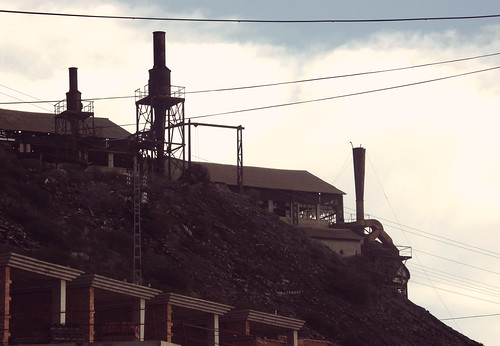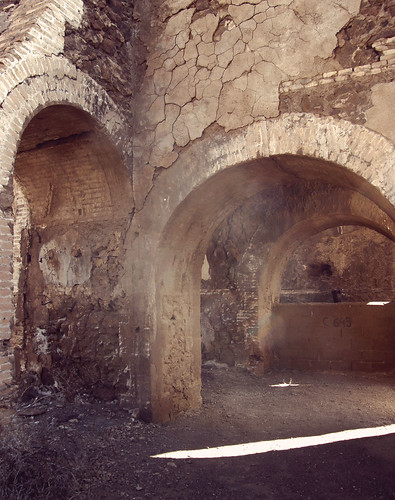The mountains around Cartagena and La Unión (about 12km east of Cartagena) were once a hub for some of the most lucrative mining in the Mediterranean. The minerals that the mountains yielded helped to shape the economic landscape of the region.

The area has been heavily mined for thousands of years. The Phoenicians transported lead from these mountains across the Mediterranean and under Roman rule the mines are said to have provided work for 45,000 people. The mining industry here helped to turn Cartagena into an important and wealthy city as it acted as the point at which the minerals were sold and shipped.
Following the fall of the Roman Empire, the mining activity in the area went through a lull until around the 19th century when underground mining activity resumed. This was then replaced by open cast mining in the 20th century and eventually all mining activity in the mountains ceased in 1991.
There are over 12 important mines remaining in the area that can still be seen today One of the best kept and most informative of these is the Mining Park of La Union. Opened in 2010, the site has been developed into a tourist attraction which walks visitors through the entire mining process, from extraction, to washing, to smelting.
Inside the mining park visitors can walk, or take the tourist train, along the old road known as Camino del 33 which was used to access the mine. Along the way are the remnants of the mining process; earth stained with rich colours, nineteenth century furnaces and chimney stacks.

Parts of the infrastructure of the mine have been restored and left in place including the mining carts and their tracks. The vast caverns are a testament to the hard work that went into the mining operation here, especially when you consider it was all excavated by hand or explosives and that cave-ins were frequent.
Visits into the mine itself are run in groups and so need to be booked in advance but visitors are free to wander the rest of the park without booking. For more information on La Unión Mining Park and to make a reservation, visit the official website.
After visiting the mining park, it’s worth heading into La Unión to get a sense of how the mining industry shaped the town. The historic quarter has a number of buildings associated with the industry including Case del Piñón, formally the residence of the mine owner and now the town hall. There’s also the Liceo de Obreros, a former school for mine workers and their children, which today houses the mining museum; a fascinating collection of tools, photos and models.
La Union is around an hour and ten minutes’ drive from Alicante Airport and Drivalia Car Rental.

